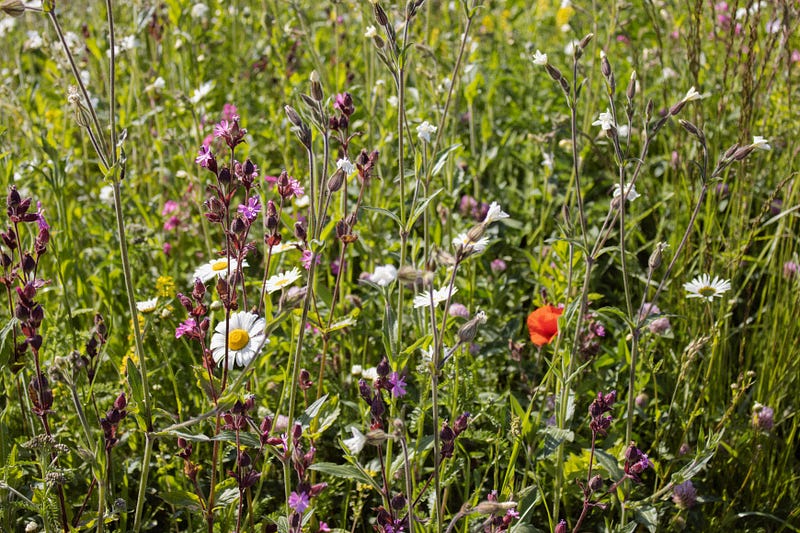Understanding the Critical Role of Biodiversity in Our World
Written on
Chapter 1: The Significance of Biodiversity
A question that frequently arises is: Why should we care about biodiversity? This inquiry can be challenging to tackle. In the past, I struggled to articulate a convincing response, but I have compiled several answers I have used, ultimately leading to my current rationale.
Initially, I would argue that all living beings have an equal right to existence as humans do. While this perspective resonates with me, I have found it difficult to persuade others that the survival of an endangered insect holds the same importance as that of a human. Unless you find yourself among ecologists and conservationists, this approach may not be the most effective.
Another response I have offered is that an undiscovered species might provide the key to curing diseases like cancer. While this notion is conceivable, the probability of a random insect in the Amazon harboring such a cure is exceptionally low. Nevertheless, the vast diversity of species does offer potential. My concern with this argument, however, is that it suggests species without immediate benefits to humans are expendable, a viewpoint I fundamentally disagree with.
My preferred explanation for the importance of biodiversity centers on its crucial role in sustaining healthy ecosystems upon which we rely. From the watersheds supplying our drinking water to the grasslands that support livestock, and the forests that yield materials for our everyday needs, all these systems hinge on biodiversity. The loss of even a single species can jeopardize these intricate networks.
For instance, the extinction of sea otters would lead to the disintegration of kelp forests along the U.S. West Coast. In these ecosystems, sea urchins consume kelp, and without sea otters to control their population, the urchins would overrun the forests, devastating the habitat and jeopardizing various marine life, including the fish we enjoy in restaurants and those pursued by recreational anglers.
Yet, it’s important to note that the loss of a single species does not always spell disaster for an ecosystem. So, how can we identify which species are essential?
One effective analogy compares ecosystems to a Jenga tower, where each block symbolizes a distinct species. Often, removing a block doesn’t topple the tower, but it can shift the balance and increase stress on the remaining pieces. If the wrong block is removed, the entire structure may collapse.
Ultimately, the importance of each species may remain unclear until it is too late, making it crucial to safeguard all of them. This necessity is amplified by the threats posed by climate change, deforestation, and various human activities that have already diminished many ecosystems, rendering them more precarious.
Section 1.1: Ecosystem Interdependence
Biodiversity serves as the backbone of ecosystems, ensuring their stability and resilience. Each species plays a specific role, contributing to the overall health of the environment.
Subsection 1.1.1: The Jenga Tower Analogy

Section 1.2: The Ripple Effect of Extinction
The consequences of losing species extend far beyond their immediate ecosystem, influencing food chains and human activities alike.
Chapter 2: Protecting Our Biodiversity
In conclusion, our approach to biodiversity must shift from viewing it merely as a collection of species to understanding its fundamental importance in maintaining the balance of life on Earth. It is our responsibility to protect this diversity for the sake of our ecosystems and, ultimately, our own survival.